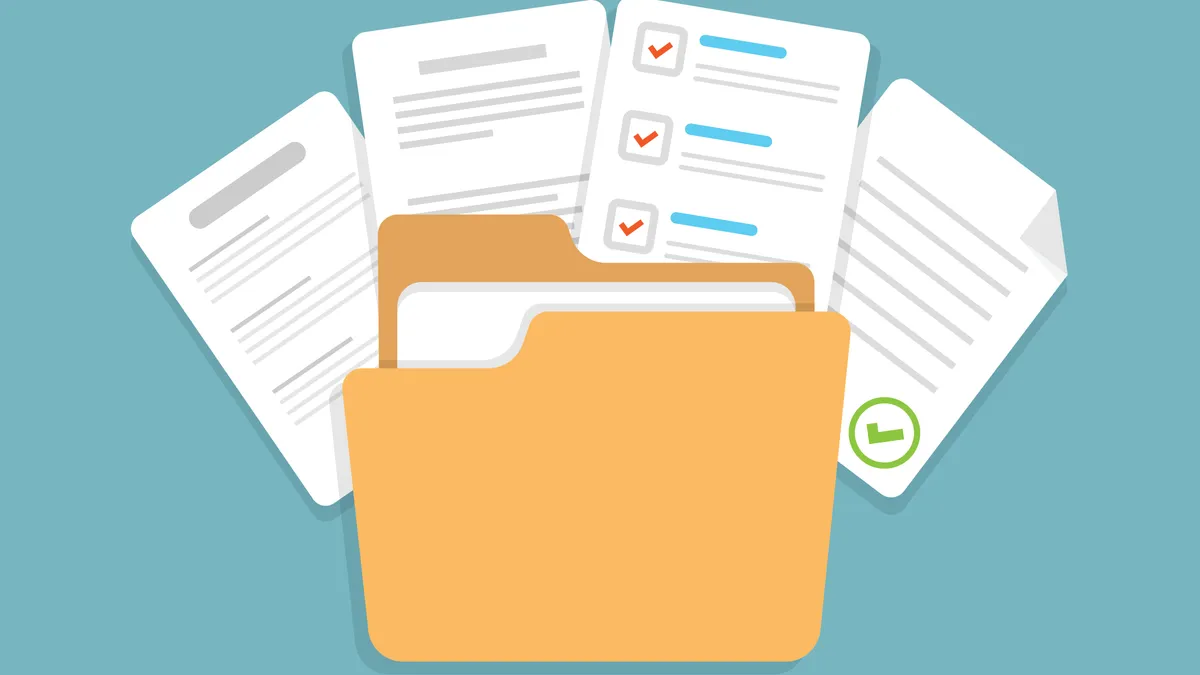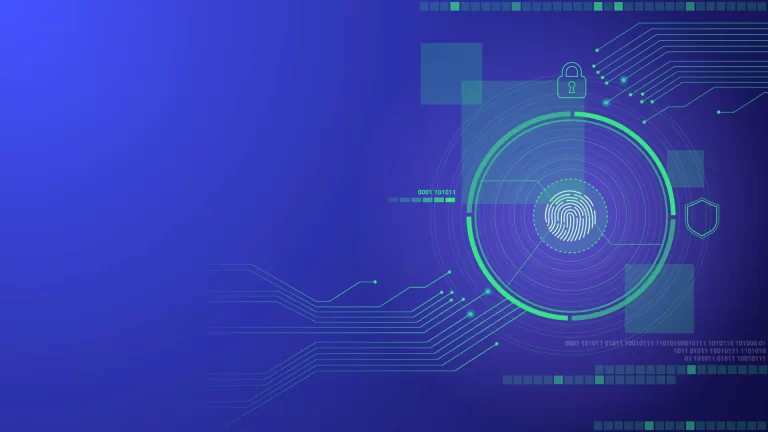The Importance of Data Security in Form 1098 E-Filing

In the era of data breaches and identity theft, businesses are becoming increasingly concerned with how to protect their sensitive information online. One of the best ways to do this is by using cloud-based e-filing solutions.
While many other software packages and services require you to do most of the heavy lifting, we offer a secure website and strict business processes to keep your sensitive information protected from unauthorized access at every step.
Table of Contents
Protecting Your Data in the Cloud
When e-filing your Form 1098, you have to ensure that all the data is protected and secure. This is especially important when dealing with personal financial information and tax IDs. The same goes for any data you are storing in the cloud.
A good starting place is to find out how your cloud provider handles security. This will help you determine whether they are trustworthy and transparent in their security practices. Then, you can use their services with confidence and peace of mind.
If you’re storing sensitive or confidential data in the cloud, it’s important to consider encryption. Using end-to-end encryption will keep your data safe from hackers and other bad actors.
One of the first things you should do is make sure that the service you are using offers encryption. If it doesn’t, consider switching to a different cloud provider or adding your own encryption solutions.
Another important thing you should do is create strong passwords for your cloud account. These should be unique and complex to prevent malicious actors from stealing your login credentials and using them to access your account.
It’s also a good idea to change your password regularly and to use different passwords for each site you access. This will prevent hackers from reusing old passwords that are known to be stolen from other accounts.
The most effective way to protect your data in the cloud is to encrypt it before you transfer it. This will ensure that only you have access to your files and that no one else can see them. This approach is particularly valuable for sensitive information like credit card numbers, social security numbers, and other confidential personal data.
You should also use multiple verification methods to verify your identity when logging in to a cloud service. These methods can include single-factor authentication (using your password paired with an OTP SMS) or multi-factor authentication, which involves at least two of these security measures.
Cloud security is a serious matter and should be treated with the same level of concern as any other part of your business’s network. If your company doesn’t take the time to secure its data, you could lose your reputation and risk fines, litigation, and brand damage.
Protecting Your Data as It’s Transferred
One of the best ways to keep your data safe is by making sure that it doesn’t get in the wrong hands. This includes protecting your files when they’re transferred from point A to point B but also making sure that they are accessed only by the right people.
While there are a few methods you can use to transfer files safely, there’s no substitute for using the most secure method available for the task at hand. For example, a file-encrypting algorithm is a good way to ensure that your files aren’t being sent out to the world unprotected.
You can also use tools to help you verify that the files you send are secure and that they are delivered to the right people. This can include tools that check for phishing attacks, verify receipts of your files, and even ensure that your file is not deleted prematurely.
In addition to using the aforementioned techniques, it’s important to also think about how your data is going to be used and by whom. For example, if you’re onboarding or off-boarding customers and workloads, it may be necessary to transfer bulk amounts of personal information into or out of your service.
A man-in-the-middle attack, for example, is a type of malicious actor who inserts themselves in between the systems that are sending and receiving data to intercept it or steal it. The most likely and arguably the best way to protect your data from these types of attacks is by using secure file transfer technology that will allow you to send data that is encrypted and masked with a secondary salt for extra security. Alternatively, you could use a cloud service that is specifically designed to protect your data from the worst kinds of cyber threats.
Protecting Your Data as It’s Stolen
Data theft is a serious security breach that occurs when personal, confidential, or financial information is illegally transferred or stored. It can include passwords, algorithms, software code, proprietary technologies, and other sensitive data.
The consequences of data theft can be severe for both individuals and businesses. They may result in identity theft, financial loss, and emotional distress. It can also be damaging to your reputation and the credibility of your company.
Luckily, you can prevent a data breach before it happens. The first step is to understand what data theft is and how it occurs.
In general, hackers or threat actors gain unauthorized access to sensitive information to steal it or sell it on the dark web. The stolen data can be anything from online passwords and bank account information to medical records and subscriptions.
If someone has access to your data, they can change or delete it, and even delete accounts or void credit cards. They can also use it to open new credit cards, get loans, or access their bank account.
Your business can reduce the chances of a data breach by ensuring all computer devices, servers, and internet-connected devices are properly secured with strong encryption. You can also enable firewalls, two-step authentication, and antivirus software.
Another way to protect your business from a data breach is to implement strong employee policies. This means that only employees who need access to sensitive information should have access. It also means that they should be monitored and regularly trained on the proper use of data encryption tools.
Finally, you can ensure that any third parties your company uses to process your data are fully vetted and certified for compliance with your data privacy standards. IBM’s report showed that 19 percent of breaches are a result of a partner’s compromise, so this is a must-do for your business to protect your customers and clients.
You should also keep an eye on any paper documents or electronic storage devices that contain sensitive data and securely store them in a locked drawer, cabinet, safe, or another secure container when not in use. You should also shred any documents that contain sensitive information before recycling them. This is especially important if you are dealing with patient, client, or employee data.
Protecting Your Data as It’s Reviewed
When it comes to e-filing your Form 1098, it’s best to keep your information as secure as possible. A robust data protection program is a must to ensure that your personal and financial details aren’t accessed by unintended parties. This includes instituting policies that ensure unauthorized users can’t access your information and putting in place measures to prevent rogue employees from tampering with your files. It is also a good idea to have an information security officer on call who can address your concerns and recommend appropriate solutions. A good CISO should be on the lookout for unusually large quantities of sensitive data and alert campus administrators immediately if they discover suspicious activity. In the end, data security is a team effort that should be taken seriously by all.





